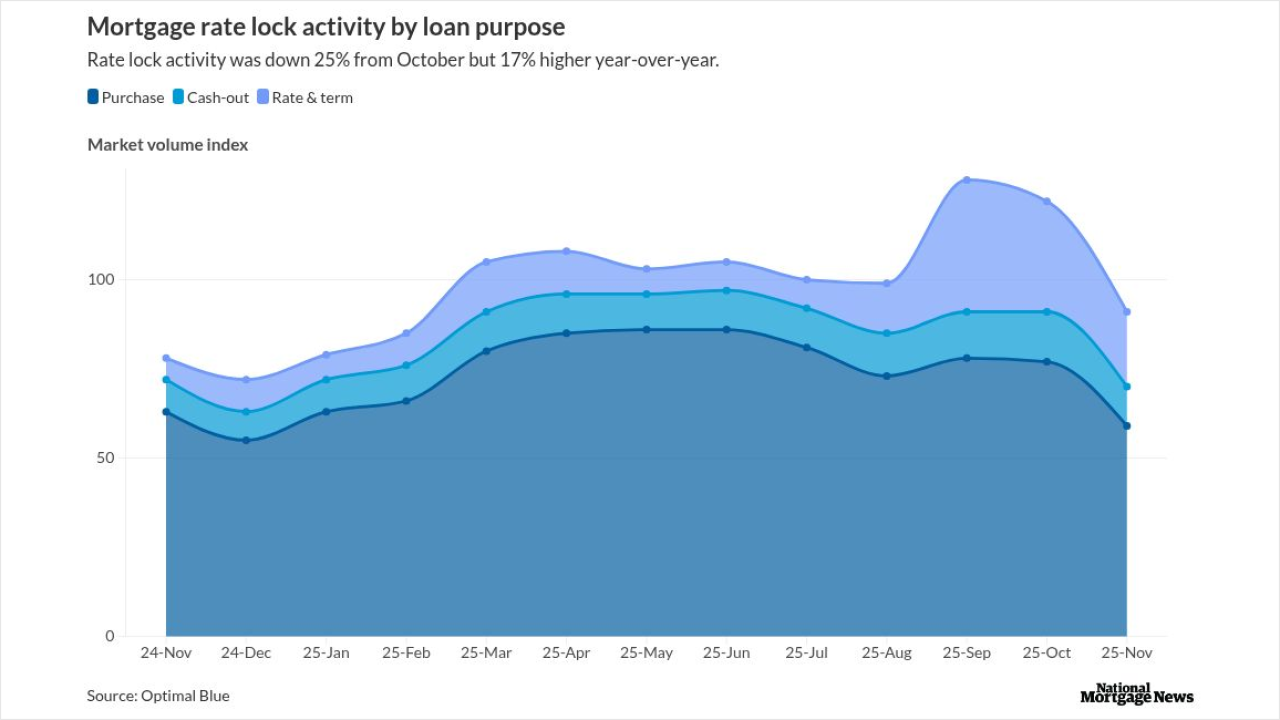With some distress from the waning pandemic likely lingering, and servicers expected to shift focus to
However, a recent Fitch Ratings’ analysis of first-quarter residential mortgage-backed securities servicing trends suggests that so far companies are primarily planning on using roughly the same number of employees as they shift from handling forbearance to assessing borrowers who have seen long-term declines in their incomes.
The average number of full-time equivalent workers employed by banks that are Fitch-rated servicers was down slightly at 2,949 in the first quarter, compared with 3,004 the previous quarter, according to the rating agency’s U.S. RMBS Servicer Metric Report. For nonbanks, there was only a small increase to 1,006 from nearly 928.

Servicers ramped up hiring in order to deal with the demand from the pandemic and now are at capacity. “They’re going to be migrating people to where the demand is. So as the forbearance agreements expire, you’re going to likely start to see those people shift back into their original departments,” said Rich Koch, a director at Fitch, in an interview.
Supporting that analysis is a decline in the average number of loans handled by full-time equivalent employees. This fell to nearly 563 from 850 for banks, and to 544 from 408 for non-depositories, Koch said, noting that this is most likely a reflection of the trail-off in forbearance and companies’ interest in preserving some capacity to handle exits.
“There’s less activity right now on the forbearance side and a declining number of phone calls coming in partially because of the technology rollouts and improvements that were done to facilitate the forbearance agreement and extension request process,” Koch said.
A lot of servicers retrained people that were working with providing loss mitigation outcomes for people having trouble paying their loans, and moved them over to the call center to handle forbearance when payment suspensions were rising. So these employees will be able to move back to their original departments in order to help with forbearance exits, said Koch.
Some companies also have



